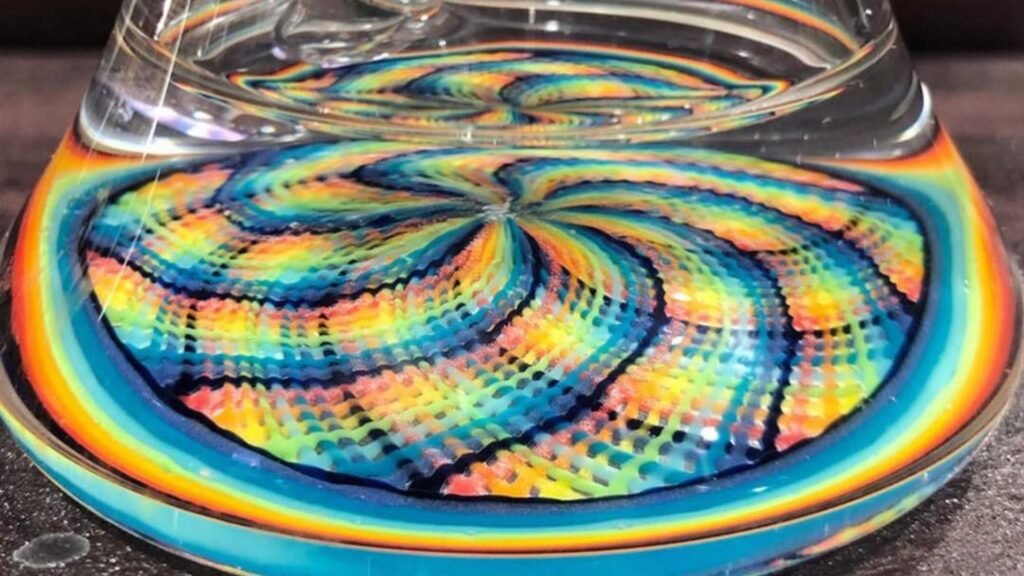The Different Techniques Used in Glass Art Creation
Glass art is one of the most beautiful and intricate forms of artistic expression. Artists working with glass use various techniques to transform molten glass into stunning works of art. Each method requires skill, precision, and creativity, producing unique pieces that range from delicate vases to massive sculptures. In this article, we will explore the different techniques used in glass art creation, giving you a glimpse into the fascinating world of glass artistry.
Crafting an Experience: Bespoke Glass in Entertainment Venues
Designers of high-end entertainment spaces are tasked with creating a complete sensory experience. The goal is to transport visitors, and custom glass art is a powerful tool for achieving this. Think of the monumental, multi-story chandeliers that cascade through atriums, or the intricately etched glass partitions that create intimate, light-filled spaces. These pieces are commissioned to embody the venue’s specific brand and energy. The dynamic, vibrant atmosphere required for spaces dedicated to interactive entertainment like jokacasino casino games is often defined by such dramatic, custom-made glass features that manipulate light and colour to build excitement and sophistication.

Glass Blowing
Glass blowing is one of the oldest and most recognized techniques in glass art. It involves inflating molten glass into a bubble by blowing through a tube. Artists gather molten glass from a furnace, attach it to a blowpipe, and shape it by blowing air into the pipe while rotating it. The glass is constantly heated to maintain malleability, allowing the artist to manipulate its form.
Glass blowing can be used to create various items, from small decorative pieces to large sculptures. This technique requires a high level of skill, as controlling the shape and thickness of the glass can be challenging.
Glass Fusing
Glass fusing involves heating multiple pieces of glass in a kiln until they meld together. This technique allows artists to layer different colored glasses, creating intricate patterns and textures. The process involves carefully arranging pieces of glass, often in sheet form, and heating them to temperatures that soften the glass enough for it to bond.
Once fused, the glass can be shaped further through slumping, where it is placed over molds and heated again to take on new forms.
Glass Casting
Glass casting is the process of pouring molten glass into molds to create a specific shape. Artists can use different types of molds, including sand, plaster, and wax molds, depending on the desired effect. Once the glass cools and hardens, the mold is removed, revealing the final shape.
This technique is ideal for creating detailed and intricate designs, such as sculptures and large-scale installations. Glass casting allows artists to experiment with texture and form, producing stunning results.
Lampworking
Lampworking involves shaping glass rods and tubes using a gas torch. Artists heat the glass until it becomes soft and pliable, then manipulate it into desired shapes using tools such as tweezers, paddles, and molds. Unlike glass blowing, lampworking allows for more detailed and smaller-scale designs.
This technique is widely used to create beads, figurines, and jewelry. Lampworking provides excellent control over the glass, making it ideal for creating intricate details and patterns.
Stained Glass
Cold Working
Cold working refers to techniques used to shape, polish, or engrave glass without the need for heat. This process includes cutting, grinding, engraving, and sandblasting glass. Cold working is often used to refine and finish glass pieces created through other methods.
Artists can achieve precise details and smooth surfaces through this technique.
Kiln Forming
It is similar to glass fusing but focuses more on shaping the glass into specific forms. Artists can use this technique to create both functional and decorative pieces, such as bowls, plates, and sculptures.
Kiln forming allows for detailed and precise designs, making it popular among contemporary glass artists.
Exploring Glass Art and Online Entertainment
Glassgallery.net showcases a variety of beautiful and unique glass art. For those seeking alternative online experiences, explore the excitement of https://www.wolfwinner.fun/en/online-roulette. Discover a new world of online fun.
Conclusion
The world of glass art is vast and filled with various techniques, each offering unique possibilities for artistic expression. From the ancient art of glass blowing to modern methods like kiln forming, artists have an array of tools to bring their visions to life. Whether it’s through delicate lampworking or bold glass casting, these techniques showcase the versatility and beauty of glass as an artistic medium.



